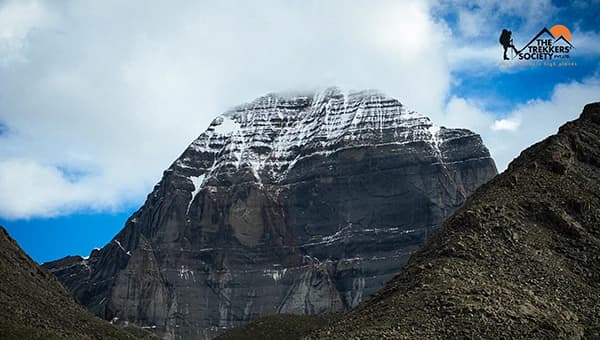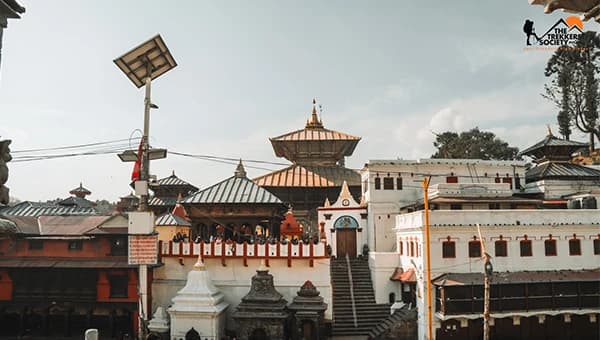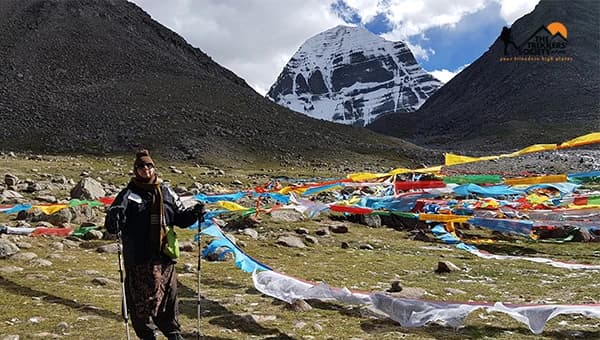Sera Monastery, located in Lhasa, Tibet, is one of the largest and most influential Tibetan Buddhist centers. Founded in 1419, it is renowned for its high academic standards, vibrant monastic life, and lively philosophical debates. As a key institution of the Gelugpa tradition, it plays a significant role in preserving Tibetan culture, language, and spirituality. Visitors can explore its unique architecture, witness engaging monk debates, and experience its deep spiritual heritage through rituals, festivals, and art. Despite facing damage during the Cultural Revolution, Sera Monastery has been restored and continues to be a center for Buddhist learning and a bridge between Tibetan Buddhism and the world.
Sera Monastery, Lhasa: A Guide to Tibetan Buddhism and Culture
Introduction
Sera Monastery, one of the largest Tibetan Buddhist centers, is located in Lhasa, Tibet. Established in 1419, it is known for high academic standards, active monastic life, and renowned philosophical debates. Moreover, as part of the Gelugpa tradition, Sera Monastery continues to influence Tibetan culture and spirituality worldwide.
History and Foundation
Founded by Jamchen Chojey, a disciple of Je Tsongkhapa, Sera Monastery earned its name from the wild roses that once grew in the area. Over time, it became a major center for Buddhist study and debate. For example, at its peak, it housed over 5,000 monks.
Architecture and Design
The design of Sera Monastery combines Tibetan, Chinese, and Nepalese styles. Additionally, it features expansive courtyards, detailed murals, and red-and-gold buildings. Many temples, halls, and shrines represent Buddhist philosophy, with Sera Lhakhang as the main temple at the center.
Role in Tibetan Buddhism
Sera Monastery, as one of the “Great Three” Gelugpa monasteries, serves as a center for Buddhist teaching. Its role in preserving the teachings of Je Tsongkhapa and promoting spirituality extends well beyond Tibet.
Unique Debate Tradition
The monks at Sera Monastery engage in lively debates. These discussions test and deepen their understanding of Buddhist concepts. As a result, visitors often enjoy watching these debates, which play a key role in the monastery’s education system.
Monastic Education System
The education system at Sera Monastery includes Buddhist philosophy, texts, reasoning, and debate. For instance, there are three main colleges: Sera Je, Sera Mey, and Sera Lhakhang, each focusing on a specific area of study. This approach helps monks enhance their understanding and rhetorical skills.
Influence on Tibetan Culture
Sera Monastery plays a significant role in preserving Tibetan culture, promoting language, art, and religious practices. Moreover, its influence extends to Tibetan art forms like thangkas and religious icons, reflecting its deep spiritual heritage.
Importance of Sera Lhakhang
Sera Lhakhang, the main temple, is a key part of the monastery. Inside, visitors find statues and paintings of important Buddhist figures. As a result, it serves as an essential space for worship, meditation, and rituals.
Restoration After the Cultural Revolution
During the Cultural Revolution, Sera Monastery faced severe damage. However, restoration efforts began in the 1980s, and today, it stands as a symbol of resilience and preservation of culture.
Pilgrimage and Visiting the Monastery
Sera Monastery draws both pilgrims and tourists. Many come to pray, meditate, or watch the monks’ debates. In addition, visitors can explore the monastery’s tranquil grounds and observe monks’ daily routines.
Festivals and Celebrations
Important festivals like Buddha’s Birthday and Losar (Tibetan New Year) are celebrated at Sera Monastery. During these events, visitors can witness prayers, processions, and colorful traditions of Tibetan Buddhism.
Preservation of Tibetan Language
Sera Monastery preserves the Tibetan language by studying and passing down ancient Buddhist texts. In this way, it supports the use of Tibetan in religious practices, literature, and education.
Daily Life at Sera: Rituals and Practices
Monks at Sera Monastery follow a structured routine of study, meditation, and prayer. They begin each day with chanting and prayer; then, they engage in debates. In the evening, they conclude with meditation, which strengthens their knowledge and spirituality.
Contributions to Tibetan Art
Sera Monastery enriches Tibetan art by preserving and creating sculptures, thangkas, and paintings. These works depict Buddhist teachings and figures, serving as symbols of faith and tools for meditation.
Sera Monastery’s Role Today
Today, Sera Monastery continues to train monks, ensuring the preservation and spread of Buddhist teachings. Furthermore, as a bridge between Tibetan Buddhism and the world, it helps spread an understanding of Tibetan culture and spirituality.





